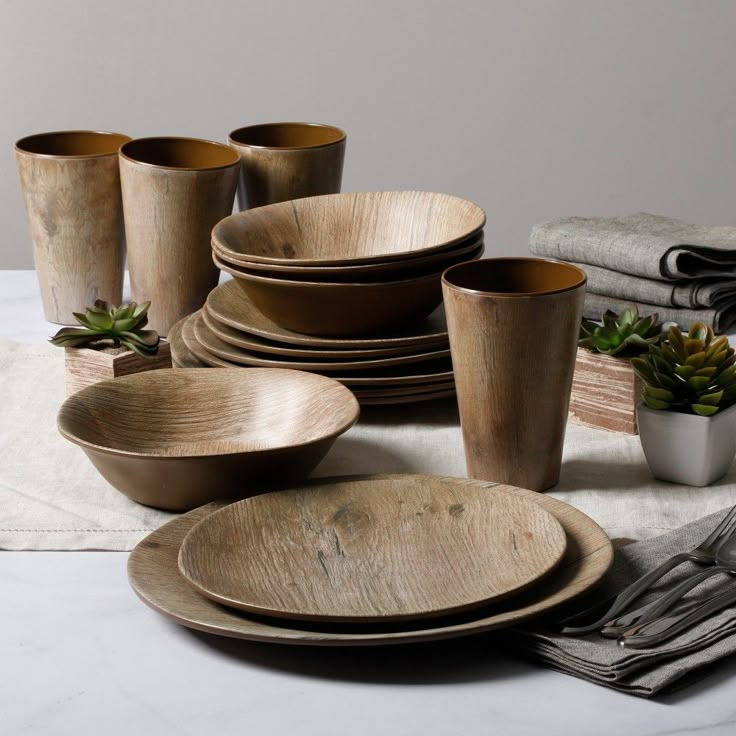In the realm of cooking, knives hold a prestigious position. Each kitchen knife serves a specific purpose, contributing to the overall efficiency and enjoyment of food preparation. Understanding the various kitchen knife types is essential for both novice cooks and seasoned chefs looking to enhance their culinary skills. This comprehensive guide explores the different kitchen knife types, their unique features, and ideal uses.
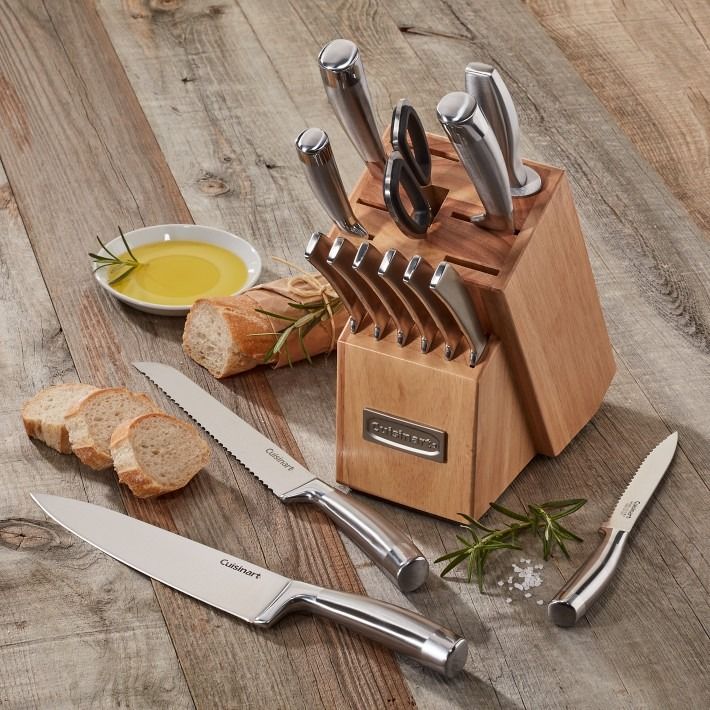
Chef’s Knife: The All-Purpose Powerhouse
The chef’s knife is the cornerstone of any kitchen knife collection. Typically featuring a blade length of 8 to 10 inches, this knife excels at a multitude of tasks. The broad blade shape allows for efficient chopping, dicing, slicing, and mincing, making it invaluable for preparing a wide range of ingredients. Designed for a comfortable grip, the chef’s knife often balances weight and precision, giving users control during food preparation.
With a slightly curved blade, the chef’s knife allows for a rocking motion while chopping, which enhances efficiency. It’s perfect for slicing through vegetables, meats, and herbs. The weight of the blade adds momentum, allowing you to cut through tougher materials with minimal effort. Whether you’re mincing garlic, slicing onions, or dicing chicken, the chef’s knife delivers exceptional performance.
When selecting a chef’s knife, consider the blade material and handle design. A high-carbon stainless steel blade provides durability and edge retention, while a comfortable handle enhances grip. Overall, the chef’s knife stands out for its versatility, making it the most essential tool in any kitchen.
Paring Knife: Precision for Detailed Work
The paring knife complements the chef’s knife, focusing on detailed tasks. Typically measuring 3 to 4 inches in length, this small yet mighty kitchen knife excels at peeling, trimming, and intricate cutting. It provides excellent control, making it the ideal tool for tasks that require precision, such as deveining shrimp or preparing garnishes.
Paring knives come in various shapes, with straight or curved blades catering to different cutting styles. The straight blade is ideal for slicing and peeling while the curved blade is perfect for coring fruits and vegetables. The compact size allows for sharp turns and delicate cuts, enabling users to work with confidence when preparing intricate dishes.
Despite its small size, the paring knife proves essential in many recipes. When selecting a paring knife, look for a lightweight design and a comfortable grip. A well-crafted paring knife encourages creativity in the kitchen, enabling cooks to tackle detailed tasks effortlessly. It becomes an indispensable tool for anyone looking to elevate their culinary skills.

Bread Knife: The Essential Serrated Tool
Every bread lover understands the importance of a good bread knife. Featuring a long, serrated blade, the bread knife excels at slicing through crusty loaves and soft sandwich bread. The unique serrations grip the bread’s surface, allowing for clean, even cuts without squashing the soft interior. This design makes the bread knife essential for anyone who frequently bakes or consumes bread.
A typical bread knife measures between 8 and 10 inches in length, providing ample cutting surface for various loaf sizes. The serrated edges allow for smooth gliding motion, making it easy to cut through different types of bread, including baguettes, bagels, and rolls. Moreover, the serrated design prevents the blade from getting stuck, enabling a hassle-free slicing experience.
In addition to its use for bread, the serrated edge proves effective for slicing tomatoes, cakes, and even soft fruits. When choosing a bread knife, opt for a high-quality stainless steel blade for long-lasting sharpness. A sturdy handle ensures a secure grip, facilitating precise cutting. A good bread knife elevates any kitchen, ensuring you can enjoy perfectly sliced bread every time.
Utility Knife: The Versatile Everyday Companion
The utility knife occupies a unique space in the kitchen, often serving as a versatile tool for both everyday tasks and special projects. With a blade length ranging from 4 to 7 inches, the utility knife bridges the gap between the chef’s knife and the paring knife. It is sufficiently small for precision work while still large enough to handle medium-sized tasks.
This type of knife excels in a range of applications, from slicing fruits and vegetables to cutting sandwiches and cheese. Its versatility makes it an ideal choice for those who want a reliable knife without the bulk of larger counterparts. Cooks often reach for a utility knife for tasks such as coring, slicing, or portioning ingredients.
When selecting a utility knife, prioritize balance and comfort, as you’ll likely use it for a variety of tasks throughout your cooking endeavors. A sharp, high-carbon stainless steel blade offers durability and edge retention. Depending on your cooking style, a utility knife can become one of the go-to tools in your kitchen arsenal.
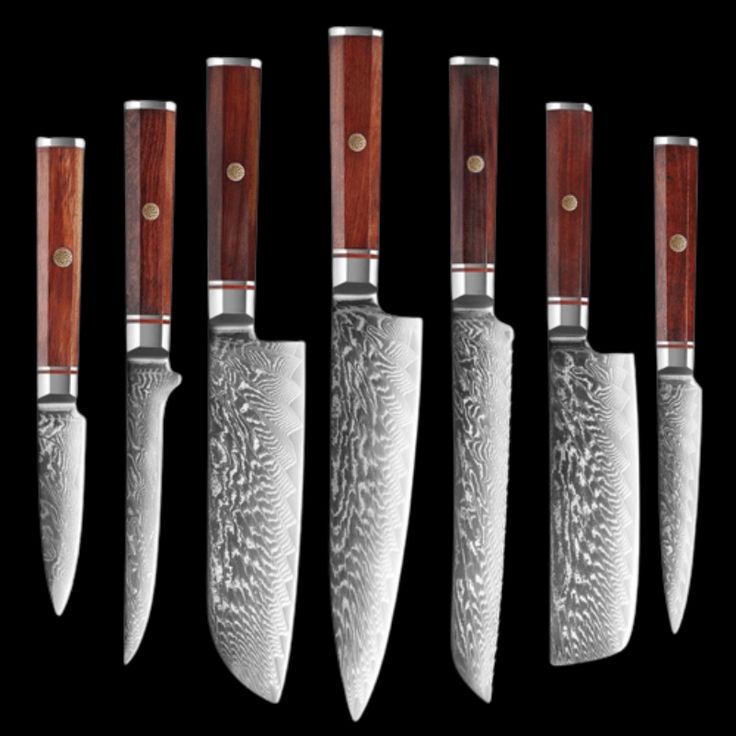
Santoku Knife: A Japanese Culinary Treasure
Origins matter when it comes to kitchen knives, and the Santoku knife represents Japanese craftsmanship at its finest. The word “Santoku” translates to “three virtues,” referring to the knife’s ability to slice, dice, and chop. Featuring a blade length of 5 to 8 inches, the Santoku knife highlights versatility while offering excellent control.
What sets the Santoku knife apart is its unique design, which often includes a flat edge and a Granton edge (dimples) along the blade. These dimples create air pockets that reduce friction, allowing food to release easily while slicing. This feature proves especially useful when cutting sticky ingredients like potatoes or cheese.
Cooks appreciate the Santoku knife for its balance and lightweight feel during use. It’s ideal for various tasks, including chopping vegetables, slicing fish, and dicing meat. When selecting a Santoku knife, look for high-quality stainless steel blades with a comfortable handle. This knife brings a touch of Japanese elegance and functionality to your kitchen.
Cleaver: The Power Tool of Knives
The cleaver stands out for its unique design and powerful performance. Typically recognized by its broad, rectangular blade, the cleaver excels at cutting through tougher materials such as bones and large cuts of meat. While many may associate it solely with butchery, the cleaver is incredibly versatile and can be used for a range of cooking tasks.
Despite its intimidating appearance, the cleaver’s design promotes leverage, allowing cooks to chop and slice with minimal force. The heavy blade adds momentum, making it easier to slice through dense vegetables and proteins. Many chefs use cleavers to crush garlic or to get through tough gourds with ease. Its versatility extends beyond the meat counter, proving useful when preparing hearty recipes.
Selecting a cleaver requires attention to blade material and balance. Look for a sturdy, well-crafted stainless steel blade that can handle heavy lifting without chipping or bending. A comfortable handle enhances grip and control. A cleaver not only serves as a functional tool but also adds a bold, dynamic presence to your kitchen.
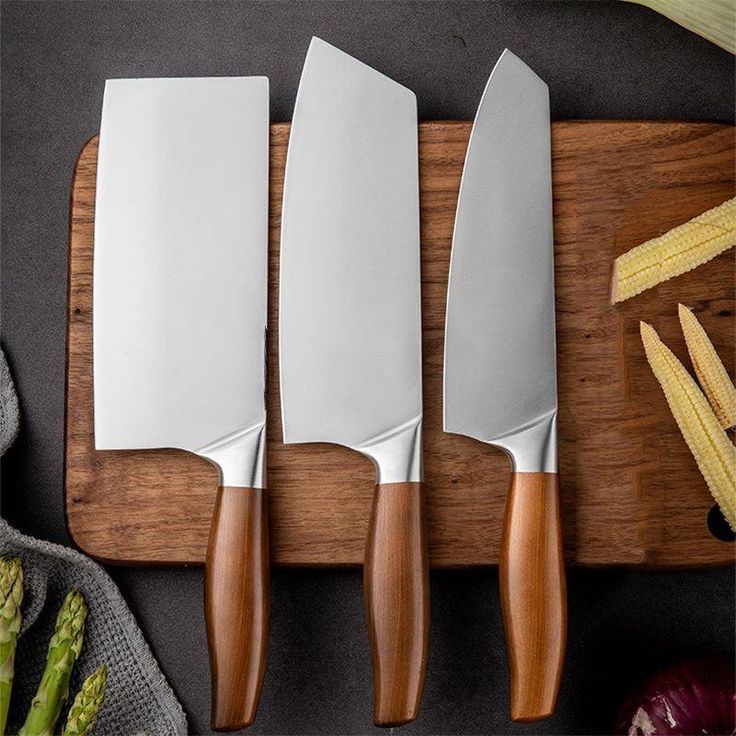
Specialty Knives: Unique Tools for Specific Tasks
While the essential kitchen knife types provide a robust foundation, specialty knives cater to specific culinary tasks. These knives often enhance precision and efficiency in tasks not covered by traditional knife types. Examples of specialty knives include fillet knives, boning knives, and slicers.
- Fillet Knife: Typically featuring a flexible, narrow blade, a fillet knife excels at de-boning and filleting fish. The design allows for gentle manipulation of delicate fish flesh, ensuring clean cuts and preventing damage to the fillet.
- Boning Knife: A boning knife—similar to a fillet knife—emphasizes precision when working with meat. The blade is stiffer compared to a fillet knife, perfect for maneuvering around bones and removing skin.
- Slicing Knife: Featuring a long, slender blade, the slicing knife is designed for slicing large cuts of meat, roasts, or turkey. The blade’s length and shape facilitate smooth cuts without tearing the meat.
Investing in these specialty knives can elevate your culinary skills, making complex tasks easier and more enjoyable. Understanding when to utilize these unique tools contributes to a more efficient kitchen experience.
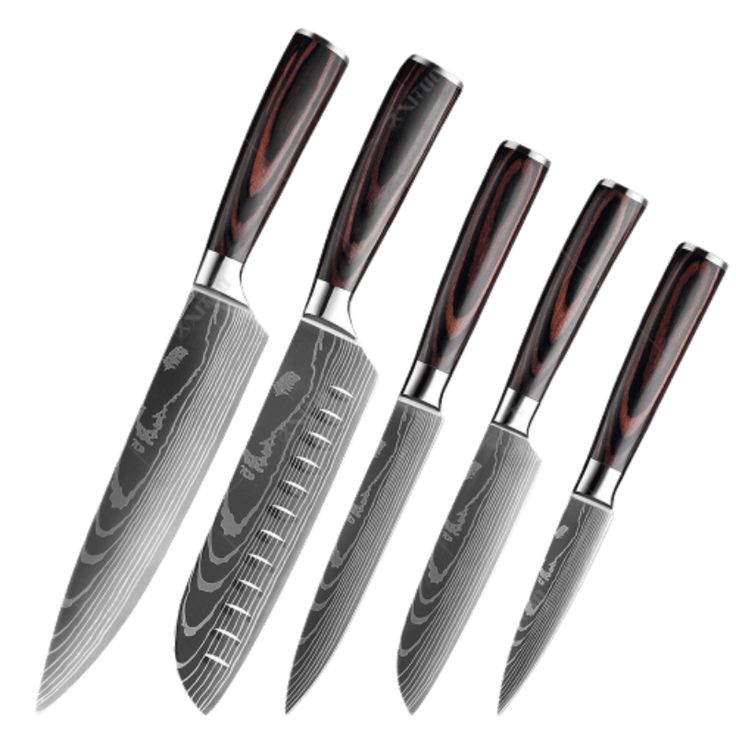
Conclusion: Choosing the Right Knives for Your Culinary Journey
Understanding the different kitchen knife types empowers you to make informed choices in your culinary journey. Each knife possesses unique features and capabilities that enhance specific cooking tasks, allowing you to explore the full range of culinary creativity.
Whether you’re dicing onions with a chef’s knife or slicing bread with a serrated knife, each tool plays a crucial role in your cooking experience. As you build your knife collection, consider your cooking style, preferences, and the types of meals you prepare most often. Prioritize quality and craftsmanship, as a well-chosen knife can serve you for years to come.
Ultimately, the right kitchen knives not only improve your efficiency but also enhance the joy and artistry of cooking. With the knowledge of various knife types at your disposal, you can elevate your meals and create culinary masterpieces with ease. Embrace the essential tools of the trade, and watch your cooking skills flourish.
